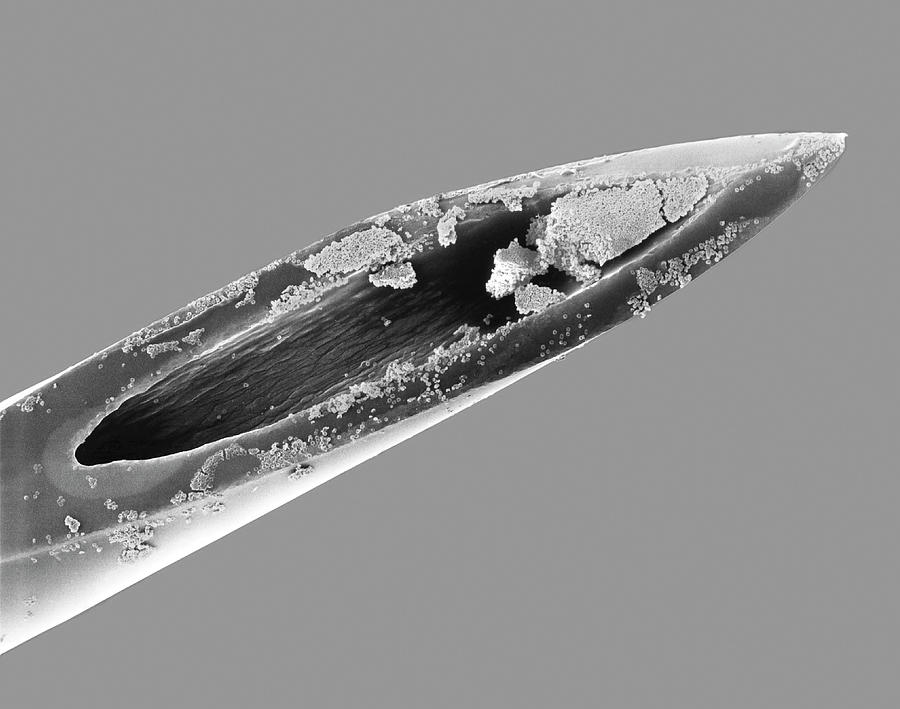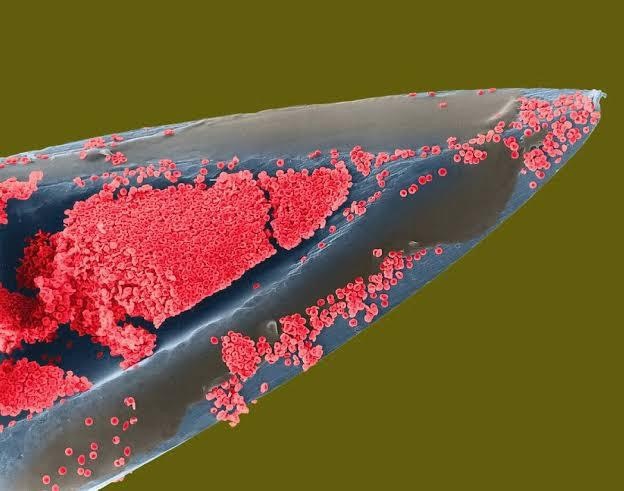this post was submitted on 14 Jan 2025
833 points (100.0% liked)
pics
25218 readers
1033 users here now
Rules:
1.. Please mark original photos with [OC] in the title if you're the photographer
2..Pictures containing a politician from any country or planet are prohibited, this is a community voted on rule.
3.. Image must be a photograph, no AI or digital art.
4.. No NSFW/Cosplay/Spam/Trolling images.
5.. Be civil. No racism or bigotry.
Photo of the Week Rule(s):
1.. On Fridays, the most upvoted original, marked [OC], photo posted between Friday and Thursday will be the next week's banner and featured photo.
2.. The weekly photos will be saved for an end of the year run off.
Instance-wide rules always apply. https://mastodon.world/about
founded 2 years ago
MODERATORS
you are viewing a single comment's thread
view the rest of the comments
view the rest of the comments



When I segmented 3D MRI and CT scan images before I used the contrast borders for help a lot. There were some algorithms for finding edges that you could tune by setting search radiuses and thresholds. There was also an option of growing an area by a certain amount of pixels outward, and then threshholding the result back down to only the brighter parts, that kind of thing. You had to be a little clever about how you'd combine it. And ultimately, sometimes I just had to add and subtract a few points manually.
Segmenting is more assigning areas to distinct objects (separating bones from the rest in my case), but you could totally use it as a basis for coloring, so I assume the process is similar here.
These are manufactured differently from most of the stuff you'd be looking at.
Rather than milling and grinding, the needles are made from a sheet of stainless that's rolled and welded, then drawn down to whatever size it needs to be, basically stretching the material out. Kinda like when you make a snake with silly puddy and pull it apart.
Then the points are ground in. Gives you a ridiculously smooth finish.
Interesting info, thanks!
But I think you may have accidentally typed in the wrong thread? I was talking about the image manipulation, not the manufacturing :-)
Sure did. Whoops!
Extrusion?
Extrusion is a little different but similar. It would be easy to confuse the two.
Extrusion is forcing material through a die to get a shape. There's a play dough toy that is effectively a play dough extruder. You put the dough in the hopper, press a lever, and you get a star or whatever.
The surface finish you get kinda depends on the material, it will feel very smooth but won't be nearly as smooth under a microscope as this. If you're in to 3D printers, the aluminum arms are generally made of 80/20 T slot, which is an extruded material. Also like, all dry pasta is made this way.
Drawing is stretching the material. You're pulling it through the die rather than pushing it, and getting a shape, and the act of stretching it out makes it incredibly smooth and can yield a stronger product.
This is also how record stylus needles are made. And frequently brass tubes. It's not done through dies, but Chinese noodles are made in a similar process, constantly stretching until they're the desired size.